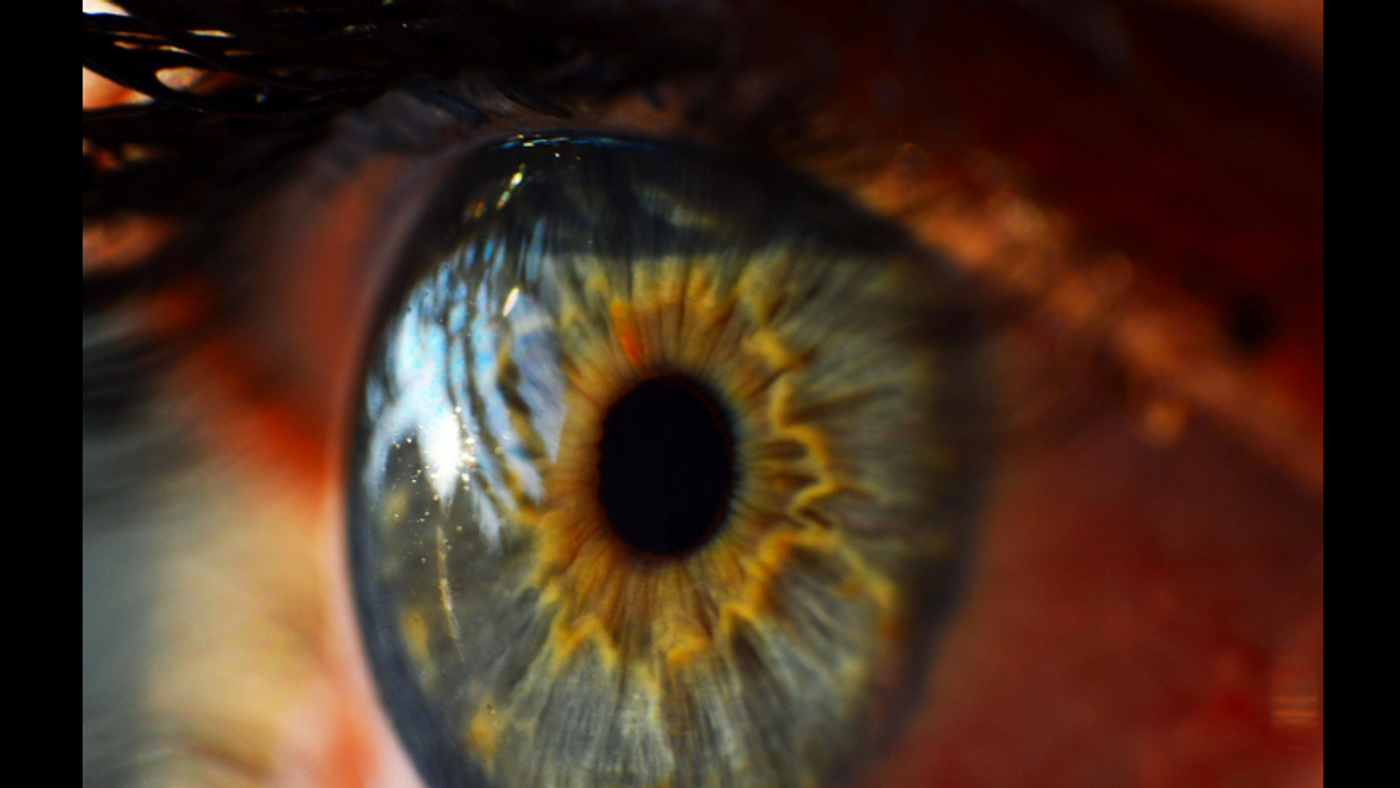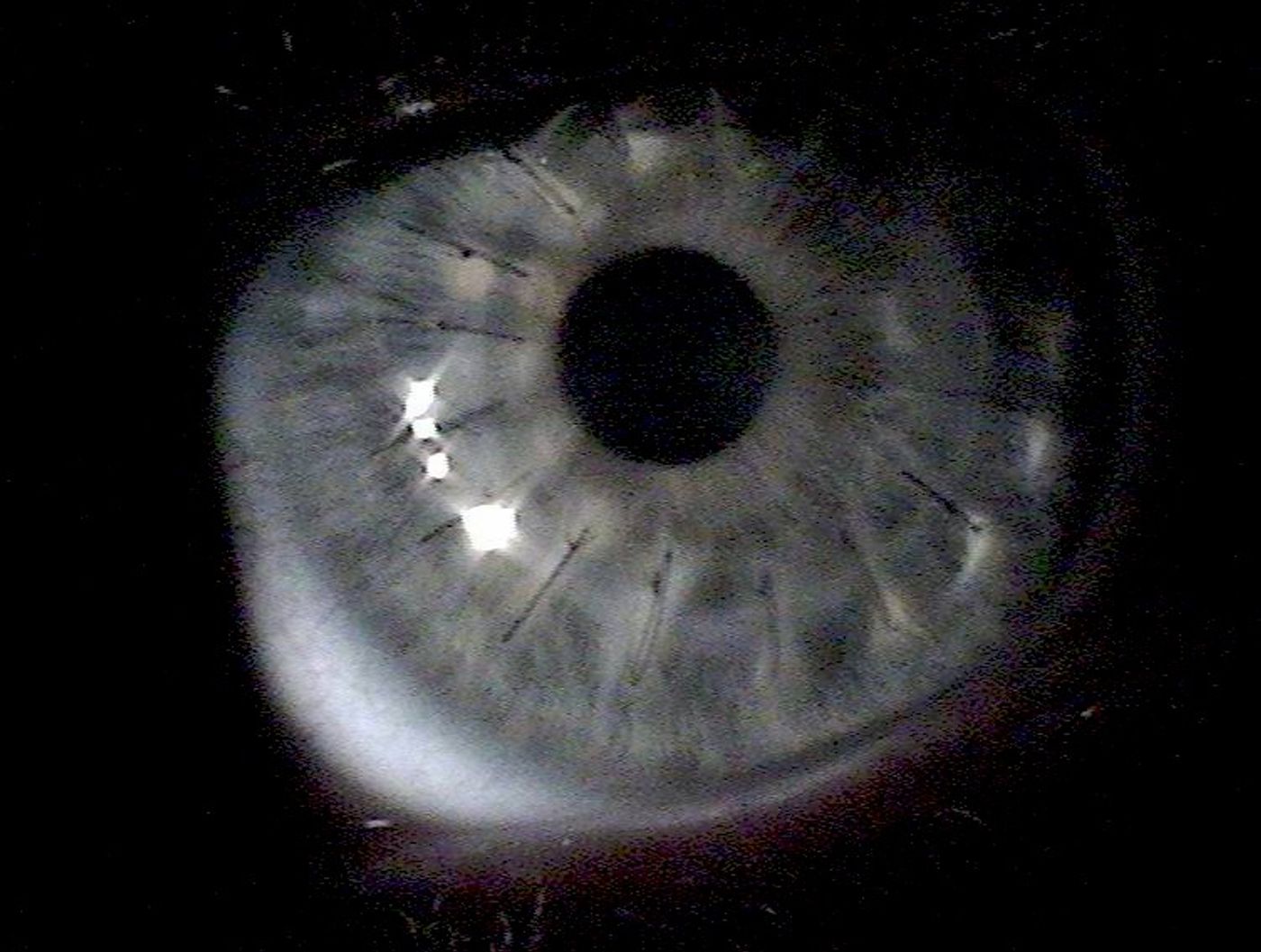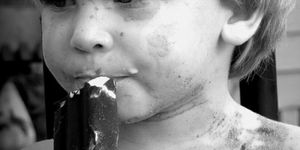Major Leaps in Sight for Biosynthetic Cornea
Tissue engineering is an emerging field of biomedical science that aims to repair or replace diseased tissues using engineered biological and synthetic materials.
The researchers from the Bio-Nanomaterials Chemistry and Engineering (BnCE) Laboratory at the University of Ottawa Heart Institute (UOHI) have their "eyes" on a critical part of the human body—the cornea. The transparent cover for the iris, pupil, and anterior chamber is at the very front of an eye. Common corneal disorders include corneal abrasion, dystrophy, ulcer and keratitis (inflammation of the cornea), some of which would require corneal transplantation.
In collaboration with Dr. May Griffith, a biomaterial scientist at l’Université de Montréal (University of Montreal), the BnCE team is tackling two aspects of repairing human corneal tissues: one is to generate pro-regeneration biosynthetic corneal implants with anti-microbial and anti-inflammatory properties; the other is to develop a bio-alternative to human corneal tissue for versatile transplantation. Both are critical for restoring eyesight for patients who require transplantation of human donor tissues.
Corneal blindness is the third most common cause of blindness worldwide, but there is only one cornea available for every 70 patients who are in need of transplantation. In developed countries such as Canada, patients may be on the waitlist for as long as 18 to 24 months before they can be scheduled for repairing or replacement surgery. The donor-to-patient ratio is even smaller in the developing world.
Speaking in an interview with Labroots, Dr. Emilio Alarcon, a scientist in the Cardiac Surgery division of UOHI and the director of BnCE lab explained the grim scenarios that the patients are facing: "Even after the surgery, there’s the probability that the patients would not be able to regain full or any eyesight, due to sub-optimal optical results, as well as graft rejection and failure, which happens often to patients whose eyes are in chronic inflammation and infections."
The matrix of their innovative corneal implant is based on collagen, the extracellular protein that provides structural support for various connective tissues in the human body, including the cornea. To make the implant anti-microbial and anti-inflammatory, Dr. Alarcon and his team used silver nanoparticles as a coating material. Silver has long been known for its antibacterial property: historically it was commonly incorporated in wound dressings to prevent infections, as well as to disinfect water.
Another key component of their germ-resisting implant is LL37 (also known as Cathelicidin), a natural peptide that is a part of the mammalian innate immune defense against bacterial infection. The researchers have been testing the combination of nanosilver and LL37 in their corneal implant for safety and efficacy in animal experiments.
Regarding the biosynthetic alternative to the human cornea, which is partly funded by a Collaborative Health Research Projects (CHRP) grant where Drs May Griffith and Isabelle Brunnette at the University of Montreal are leading the in vivo testing, the BnCE team is developing a novel matrix: it is a photo-sensitive material that is soft enough to be injected onto the site of repair, and strong enough to last till sight is restored.
Currently, the popular options for synthetic cornea alternatives include a biomaterial scaffold embedded with fibroblasts, a living stromal lamellar tissue graft (cultured in vitro before transplantation), and an acellular biomaterials matrix without any human tissues, which is the direction the Ottawa-based research team has taken.
"If you build it, they will come", Dr. Alarcon quoted the famous tagline from the movie "Field of Dreams" as he described their design. "The new matrix material would act as a comfortable house. In the eye(s) of a patient, it can attract the native cells (such as corneal fibroblasts and stromal cells) to settle in," he added. Over time, the population of native cells slowly builds up and they are capable of reshaping their living environment, building a new section of the cornea that eventually replaces the artificial graft.
According to their project abstract, the collagen-based novel materials can self-assemble into full-size 3-D scaffolds after being injected into the diseased cornea. Photo-activation can trigger crosslinking reactions within the matrix and transform it into a stable, transparent graft.
One of the two cornea-related projects is about to reach a milestone: working with their collaborators, led by Dr. Isabelle Brunette, at the University of Montreal, the tissue engineering team have completed the production and testing of the anti-microbial and anti-inflammatory implant prototype. Results from their study are expected to be published next year.
By developing the innovative corneal implant and donor cornea substitute, the BnCE group hopes that their research can help ease the severe shortage of donor cornea worldwide, and provide patients who are in need of corneal transplantation a safe and effective alternative option.
Repairing the cornea: let there be sight (Nature Video)
Source: BnCE @ UOHI/Eurotimes
[This article contains Labroots original contents]










